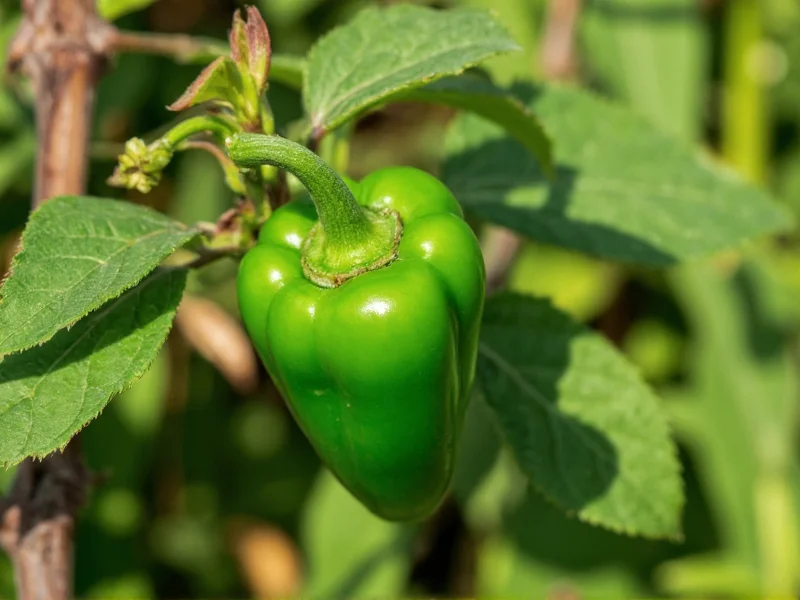The Scoville scale, developed by pharmacist Wilbur Scoville in 1912, measures the concentration of capsaicin—the compound responsible for chili pepper heat. Understanding where jalapeños fall on this scale helps cooks and spice enthusiasts make informed decisions about their culinary creations.
Understanding Jalapeño Heat Variability
While the standard jalapeño scoville range is 2,500-8,000 SHU, several factors influence actual heat levels:
- Plant genetics: Different jalapeño varieties naturally produce varying capsaicin levels
- Growing conditions: Stressors like water scarcity or temperature extremes increase heat
- Ripeness: Red jalapeños (fully ripe) often measure hotter than green ones
- Seed and membrane content: Most capsaicin concentrates in these areas
- Geographical origin: Regional growing differences affect final heat measurement
Interestingly, the same jalapeño plant can produce peppers with significantly different heat levels, even on the same branch. This natural variability explains why you might encounter unexpectedly mild or hot jalapeños despite purchasing from the same source.
Comparing Jalapeños to Other Common Peppers
Understanding jalapeno scoville measurements becomes clearer when compared to other peppers. The following table shows where jalapeños fit within the broader pepper spectrum:
| Pepper Type | Scoville Heat Units (SHU) | Relative Heat Level |
|---|---|---|
| Bell Pepper | 0 SHU | Mild |
| Pepperoncini | 100-500 SHU | Mild |
| Jalapeño | 2,500-8,000 SHU | Mild-Medium |
| Serrano | 10,000-23,000 SHU | Medium-Hot |
| Habanero | 100,000-350,000 SHU | Very Hot |
| Ghost Pepper | 855,000-1,041,427 SHU | Extremely Hot |
Practical Implications for Cooking
Knowing the jalapeno scoville heat range helps in recipe planning. For most people, jalapeños provide noticeable heat without overwhelming other flavors. When working with jalapeños:
- Removing seeds and white membranes reduces heat by up to 80%
- Soaking sliced jalapeños in salt water can mellow their intensity
- Cooking methods affect perceived heat—roasting often intensifies flavor while boiling reduces heat
- Pairing with dairy products like sour cream counteracts capsaicin's effects
Chefs often use the jalapeño scoville measurement as a baseline when scaling recipes. If substituting with milder peppers like poblanos (1,000-2,000 SHU), you'll need more pepper to achieve similar heat. Conversely, replacing jalapeños with serranos requires using fewer peppers due to their higher scoville rating.
Common Misconceptions About Jalapeño Heat
Several myths persist about jalapeño heat levels. Many believe:
- Size determines heat: Smaller jalapeños aren't necessarily hotter—heat depends more on growing conditions
- Color indicates heat: While red jalapeños are often hotter, this isn't always true
- Heat concentrates only in seeds: Capsaicin primarily resides in the placental tissue (white membranes)
- All jalapeños taste the same: Regional varieties like Texas Early, Mexican, and Tahitian differ significantly
Understanding these nuances helps manage expectations when selecting jalapeños for specific culinary applications. The jalapeno scoville range provides a useful framework, but actual heat can vary considerably within that spectrum.
Measuring Heat Beyond the Scoville Scale
While the Scoville scale remains popular for jalapeno scoville measurement, modern science uses High-Performance Liquid Chromatography (HPLC) for more precise capsaicin quantification. This method measures actual capsaicinoid concentration rather than relying on human taste panels.
Despite technological advances, the Scoville scale persists in culinary contexts because it translates scientific measurements into relatable heat experiences. When discussing jalapeño heat levels, most cooks and consumers still reference the familiar Scoville Heat Unit framework.











 浙公网安备
33010002000092号
浙公网安备
33010002000092号 浙B2-20120091-4
浙B2-20120091-4